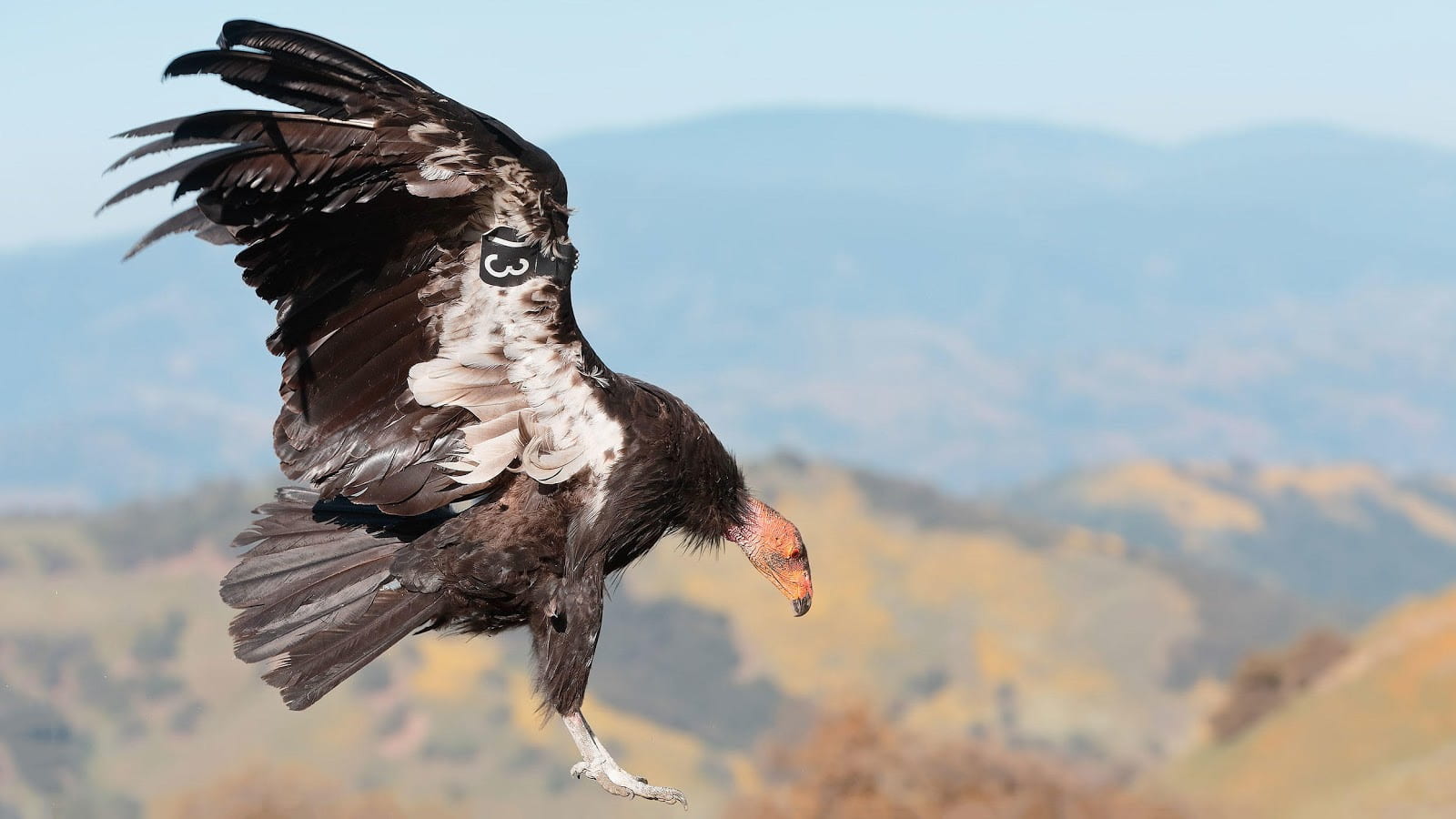Endangered Species Conservation, The Right Way

Recently, endangered species conservation has been a hot topic due to the popularity of Netflix’s Tiger King documentary, which explores the world of big cat breeding and private zoos in the United States. However, this documentary only examines the malicious side of endangered species preservation and conservation, focusing on those who exploit these animals to make a profit. Although the documentary does attempt to paint these practices in a negative light, there is little to no discussion about the importance of endangered species themselves or proper ways to ensure their survival. Furthermore, this documentary gives those who exploit endangered species a platform to express their harmful views on why the practices they engage in are justified. This article will discuss the meaning of a species being endangered, some positive endangered species conservation techniques and strategies, and the importance of care for these animals.
Before we can discuss proper conservation techniques for endangered species, we must first understand what an endangered species is. This definition may vary by country and the laws present there, but there is one organization attempting to set the standard for endangered species. The International Union for the Conservation of Nature (IUCN) is an international organization of experts established in 1964 which assesses and categorizes species based on how threatened they are. These threat levels are broken down into seven categories: Least Concern, Near Threatened, Vulnerable, Endangered, Critically Endangered, Extinct in the Wild, and Extinct. Once categorized, the species is added to the Red List, a running list of all assessed species. A species is endangered by the IUCN if it meets any one of these criteria: a 50–70% population decrease over 10 years, a total geographic area less than 5,000 km2 (or local population area less than 500 km2), a population size less than 2,500 adults, a restricted population of 250 adults, or a statistical prediction that it will go extinct within the next 20 years (IUCN Standards and Petitions Committee, 2019).
To date, over 116,000 species have been assessed for the Red List, 27% of which are at risk for extinction (IUCN, 2020). Each species assessed has its own webpage which includes pertinent information to the species. The category, geographic range in the wild, number of individuals, threats to the species, and more are included. For example, Tigers are estimated to have between 2,000-3,000 mature adults in the wild, qualifying them as endangered. The IUCN Red List is a terrific tool for those interested in endangered and threatened species, but it does not offer protection to these species in itself. Countries must create their own laws to protect endangered species worldwide. In the United States, the Endangered Species Act (ESA) gives us the tools to identify, list, and protect endangered species. A species is considered endangered if it faces “danger of extinction throughout all or a significant portion of its range” (Fish and Wildlife Service, 2016). Once a species is identified and listed as endangered under the ESA, there are a number of protections enforced for that species. These include the banning of all forms of sale and trade, as well as the prohibition of any attempt to “harass, harm, pursue, hunt, shoot, wound, kill, trap, capture, or collect,” said species (Environmental Protection Agency, 2019). These protections are robust and have helped many species, like the bald eagle, bounce back from the brink of extinction.
Now that we have some background on what an endangered species is, we must discuss how species become endangered in the first place. Unfortunately, human activity is the largest threat to endemic species worldwide. As human civilization expands, habitat for native species dwindles. We destroy habitat for several reasons. Principal among these reasons are urbanization and development, agriculture, and mining (Carrington, 2019). The introduction of humans into the habitat of native species can also lead to pollution, disease, and further habitat destruction. Humans may also bring with them invasive species that outcompete native species for resources, further threatening their survival. Endemic species like tigers and elephants are also directly hunted for the sale of their body parts. Once the population of a species dwindles, the lack of genetic variation can cause increased instances of existing genetic defects among newborns, leading to them dying before maturity and thus further exacerbating the dire situation of many species worldwide. This is one of the largest problems with the captive tiger breeding programs seen in the documentary Tiger King. These operations are only breeding a dozen to a hundred mature tigers (Tiger King, 2020). Thus, the offspring have a limited gene pool and can be born with birth defects that may affect their ability to survive in the wild. Even if these cats are healthy, breeders are not helping the species at all if those offspring remain in cages all their lives as they are not increasing the wild population of these animals. Although all this information makes the situation appear dire, there are great efforts worldwide to foster and reintroduce endangered species to the wild, increasing their numbers.
Endangered species recovery programs exist across the globe, doing real work to save populations of some of the most vulnerable species. In the United States, the Fish and Wildlife Service (FWS) and the National Oceanic and Atmospheric Administration (NOAA) are responsible for the implementation and enforcement of the Endangered Species Act. This also includes implementing recovery programs for endangered species. Species recovery programs usually involve taking steps to conserve habitat while promoting the breeding and reintroduction of a species to the wild. According to the FWS (2011), these recovery programs have helped 99% of listed species from going extinct since 1969. Zoos, although controversial, can also play a vital role in species recovery programs. Conservation and breeding programs within zoos can allow endangered species a safe place to mature without threats in the wild. They can then be safely reintroduced. A great example of this is the California condor. In 1982, only 22 adults existed in the wild. Due to breeding and reintroduction efforts by zoos, those numbers have jumped to over 200 birds in 2014 (Association of Zoos and Aquariums). The Association of Zoos and Aquariums has several case studies of successful species recovery programs on its website, such as the red wolf, black footed ferret, and the gold lion tamarin which have all recovered thanks to the efforts of zoos. Species recovery programs are complex processes that involve modeling the species range, identifying the number of species in the wild, the greatest threats to their survival, and combating these threats while conserving or restoring habitat. However, these programs are worth the investment and have been proven countless times to be an effective way to save species from the brink of extinction.
Now that we understand a bit about what an endangered species is and how (and how not to) protect them, you might be asking yourself what you can do to help the survival of endangered species. There are many things you can do! The first step is informing yourself. The Center for Biological Diversity has created a map that allows the user to search for their county and see a list of all the endangered species that live there. In San Francisco, for example, we have many endangered birds, reptiles, and even a few mammals. Understanding what species around you are endangered will help inform other decisions you make that may affect those species. Are you thinking of planting a garden? Consider planting native plants and forgoing the use of dangerous pesticides to give endangered species a small habitat in your own yard. Hear about a development project that may affect the habitat of a listed species? Contact your congressional representative or local branch of the FWS. Consider donating to local organizations that deal with endangered species conservation or habitat restoration, or even donate to large national organizations like the WWF, the Center for Biological Diversity, or the IUCN itself.
Endangered species protection is vital to ensuring the survival of many important species across the globe. Although documentaries like Netflix’s Tiger King may attempt to shine a negative light on the phenomenon of individuals profiting off of endangered species like big cats, these concerns are pushed into the background of the drama of the program. Even worse, their detrimental views can become glorified when people are given a platform to express how these animals are their “property” and cannot be taken away, or that breeding endangered animals in perpetual captivity is a way to support the continuation of the species. As illustrated in this article, this is simply not the case. Endangered species conservation is a difficult science that must take many aspects into account, but it is well worth the effort. Many endangered species are vital to the survival of the ecosystems they are a part of and are worthy of every ounce of care they receive. We must do all we can to ensure these vulnerable species survive for the good of the planet.

Works Cited
Association of Zoos and Aquariums. Reintroduction Programs. (n.d.). Retrieved from
https://www.aza.org/reintroduction-programs
Background & History. (2020). Retrieved from
https://www.iucnredlist.org/about/background-history
Carrington, D. (2019, July 18). IUCN red list reveals wildlife destruction from treetop to ocean
floor. Retrieved from https://www.theguardian.com/environment/2019/jul/18/iucn-red-list-reveals-wildlife-destruction-from-treetop-to-ocean-floor
Endangered Species Recovery Program. (2011, June). Retrieved from
https://www.fws.gov/endangered/esa-library/pdf/recovery.pdf
Environmental Protection Agency. (2019, July 5). Summary of the Endangered Species Act.
Retrieved from https://www.epa.gov/laws-regulations/summary-endangered-species-act
Fish and Wildlife Service. (2016, August) Listing a Species as a Threatened or Endangered
Species. Retrieved from https://www.fws.gov/endangered/esa-library/pdf/listing.pdf
IUCN Standards and Petitions Committee. (2019, August) Guidelines for Using the IUCN Red
List Categories and Criteria. Version 14. Prepared by the Standards and Petitions Committee. Retrived from http://www.iucnredlist.org/documents/RedListGuidelines.pdf.
Tiger King. (2020). Retrieved from https://www.netflix.com/watch/81130220
The IUCN Red List of Threatened Species. (2020). Retrieved from https://www.iucnredlist.org/


